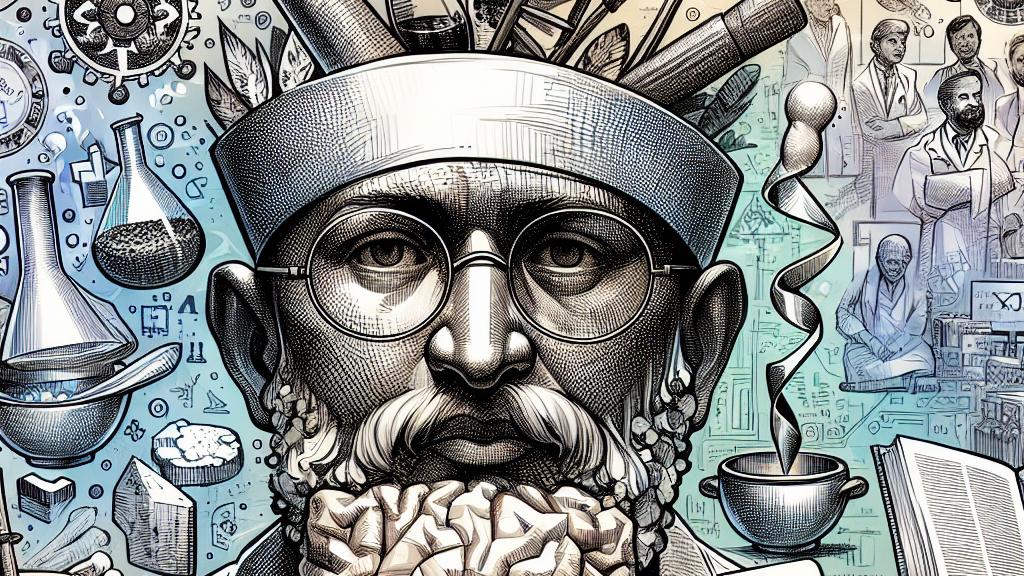Evaluating the Efficacy of Zhongfeng Xingnao in Brain Bleed Treatment
Overview
- A groundbreaking study published in The Lancet critically examines Zhongfeng Xingnao, a popular herbal remedy for brain bleeds.
- Involving 1,641 participants across China, the research found no significant benefits over a placebo treatment.
- These revelations call into question the role of traditional Chinese medicine in treating serious health conditions.

Unpacking the Study's Context
In a landmark moment for traditional medicine, a study from China is challenging the well-established trust in Zhongfeng Xingnao, a herbal concoction widely utilized for treating intracerebral hemorrhages—a severe type of stroke. Created in the 1980s, this remedy has been revered as a critical intervention for many suffering from brain bleeds. Yet, the significance of this study cannot be overstated; published in the prestigious journal The Lancet, it marks the first instance of original herbal medicine research being featured in such a respected forum. Here, ancient therapies meet the rigor of modern scientific exploration, raising compelling questions about their efficacy and reliability.
Analyzing the Trial's Findings
The trial’s impressive scale involved 1,641 patients recruited from 26 hospitals, showcasing a diverse demographic facing similar health challenges. Participants were methodically assigned to receive either the herbal remedy or a placebo, creating a solid basis for comparison. Imagine the surprise when the results revealed no notable differences in recovery outcomes between both groups. They scored similarly on the modified Rankin scale, a vital tool for assessing post-stroke health. This unexpected neutrality has ignited discussions among medical professionals: How can such a beloved remedy produce such mundane results? In a field where hope is paramount, this exploration underlines the critical need for verification and evidence before accepting treatments as beneficial.
The Broader Implications for Traditional Medicine
The fallout from this study resonates deeply within the traditional Chinese medicine (TCM) community and beyond. While TCM boasts a rich tapestry woven through millennia of practice, the need for empirical support has never been more transparent. Advocates for TCM suggest that remedies like Zhongfeng Xingnao offer potential, leveraging anecdotes and ancient wisdom as their foundation. Yet, the study serves as a stark warning: promoting treatments without rigorous scientific testing can lead to misguided faith and potentially jeopardized health. As we navigate these complex waters where tradition meets modernity, we must embrace ongoing dialogue and diligent research. In this way, we can ensure that patients receive the most effective and safe treatments, balancing respect for tradition with a commitment to scientific rigor.

Loading...